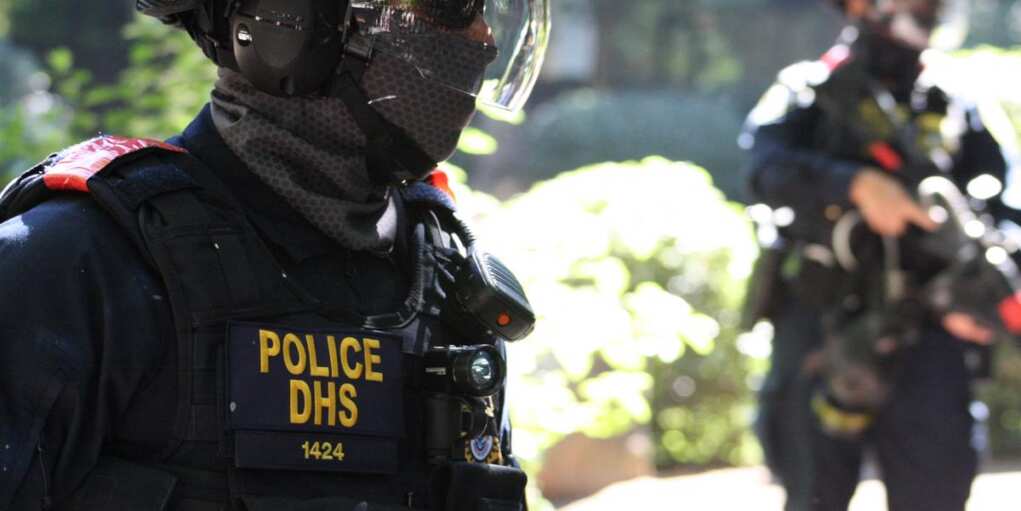Trump Sends in the Feds to Reclaim D.C. Streets

Following a shocking rise in violent street attacks—including a savage beating of a former federal staffer—Trump has ordered a wave of federal law enforcement agencies to flood the capital’s streets starting Friday at midnight. The operation, set to last seven days, includes agents from the FBI, DEA, ATF, U.S. Park Police, and ICE, among others.
White House Press Secretary Karoline Leavitt announced the move Thursday, saying, “Washington, DC is an amazing city, but it has been plagued by violent crime for far too long.” She added that the president is determined to make the capital safe again for residents, lawmakers, and visitors. “There will be no safe harbor for violent criminals in D.C.,” Leavitt declared.
The decision to send in federal forces follows President Trump’s earlier warning that he may federalize the city’s police force if local leadership can’t get crime under control. That warning came after Edward Coristine, a former Department of Government Efficiency staffer known to many online as “Big Balls,” was violently assaulted while intervening in an attempted carjacking in Logan Circle.
According to multiple reports, including from Elon Musk, Coristine saw a woman being threatened by a group of teenage thugs. He shoved her into a nearby car to protect her and stood his ground—only to be savagely beaten by as many as eight attackers.
In a series of Truth Social posts, Trump slammed D.C.’s revolving-door justice system, saying, “They are not afraid of Law Enforcement because they know nothing ever happens to them, but it’s going to happen now!”
“If D.C. doesn’t get its act together, and quickly,” Trump continued, “we will have no choice but to take Federal control of the City… and put criminals on notice that they’re not going to get away with it anymore.”
Trump’s action comes amid mounting criticism of the D.C. City Council’s soft-on-crime policies. D.C. Attorney Jeanine Pirro, confirmed earlier this year, laid into local officials during a Fox News segment, blaming youth crime on misguided programs like the “Second Chance Act” and the “Incarceration Reduction Amendment.”
“None of them come to my office,” Pirro said of the teen offenders. “They go to family court, where the effort is rehabilitation.” She added that the council’s refusal to treat repeat violent offenders seriously was creating a “culture of lawlessness.”
Critics of Trump’s move insist crime in D.C. is statistically down, but the White House isn’t buying it. Officials say crime stats in sanctuary cities like D.C. are notoriously unreliable due to high numbers of illegal residents and lax reporting practices. “You can’t track what you don’t document,” one administration source said.
And the images flooding social media of assaults, carjackings, and open-air drug use tell a very different story than the official data. Trump’s move is already being applauded by fed-up residents and business owners who say enough is enough.
This is far from the first time Trump has stepped in when liberal-run cities fall apart under their own policies. But D.C.—symbolically and strategically—holds unique weight. If lawlessness is allowed to fester in the capital itself, what does that say about the rule of law in the rest of the country?
For now, the message is clear: President Trump isn’t waiting around for local Democrats to act. He’s sending in the cavalry, and for the criminals roaming the streets of D.C., the free ride may be over.

